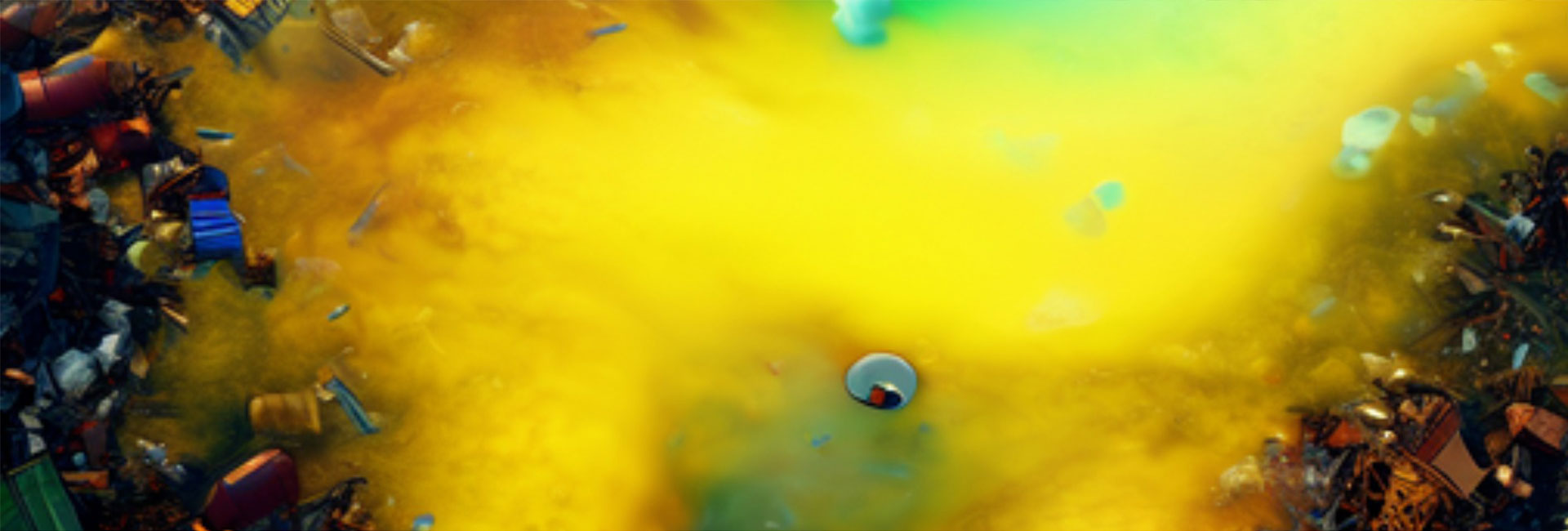Hazardous Waste Recycling
What is hazardous waste recycling
Hazardous waste recycling is the process of converting hazardous waste materials into usable products, such as fuel or raw materials for manufacturing.
Hazardous waste is any waste that poses a threat to public health or the environment due to its toxic, flammable, corrosive, or explosive properties.
How can we recycle hazardous waste
Hazardous waste recycling typically involves a range of specialized treatment processes, such as chemical or thermal treatment, that transform the hazardous waste into a safer and more stable form. This can include processes such as incineration, distillation, or solvent extraction, which can help to remove or neutralize the hazardous components of the waste.
Hazardous waste recycling benefits
Recycling hazardous waste provides a number of advantages, including lowering greenhouse gas emissions, conserving natural resources, and lowering the volume of hazardous waste that is dumped in landfills. Additionally, recycling hazardous waste lowers the demand for fresh raw materials, which can aid in resource conservation and encourage a more sustainable future.
Overall, recycling hazardous waste is a key strategy for managing hazardous waste and advancing sustainability. We can lessen the negative effects of hazardous waste disposal on the environment, save resources, and build a more secure and sustainable future by recycling hazardous trash.

